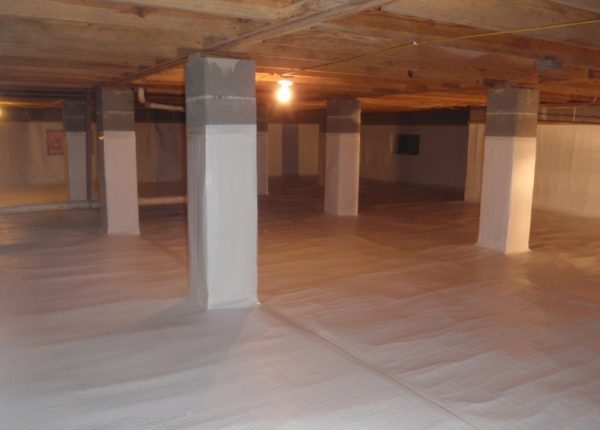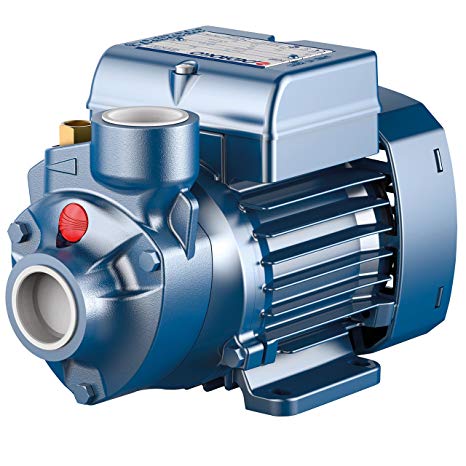
A common this we hear is, I’ve water standing in my Crawl space… and how do I get rid of the standing water in my crawl space ? A crawl space should not take on water. This problem needs to address rapidly because a wet crawl space can lead to rot and mold, musty odors. Luckily, there’re steps you can take if your crawl space takes on standing water.
What Causes Standing Water?
Water standing in crawl space can come from a number of sources. These include but are not limited to groundwater, plumbing leaks and heavy rainfall. Standing water or rainwater seeps into the crawl space might come in through leaks or cracks in the foundation of your home, drainage tile problems or when downspouts system or gutter have failed or been wrongly installed.
The primary step in removing standing water in crawl space is to identify the source of the water. Then can correct the reason.
Best way to pump water out of crawl space
So, you have water in your crawl space. What are you going to do about it? Before you do anything, you need to figure out where the water is coming from. Once you know that, you can start pumping it out. Here are seven of the best ways to do that:
Use a sump pump:
A sump pump is a tool that pumps water from the lowest point in your crawl space. It’s usually installed in a pit along with a battery so it can continue to work even when there is no electricity.
Use a wet-dry vacuum:
If you have both electricity and a drain, you’re going to want to use a wet-dry vacuum. There are a few different types of vacuums, but basically, they all operate the same way they suck up the water and then store it somewhere else. You may need help from another person if you don’t have one big enough for the whole area, but this method will quickly get rid of all the water. Be sure to buy one rated for the specific amount of water you’re going to be draining.
Use a sump pump and a wet-dry vacuum:
You can use both a sump pump and a wet-dry vac in conjunction with each other by running the hose from the sump pump into the vacuum so that once it fills up, it will drain itself into an external container while simultaneously pumping out more water. This method is perfect if you want to get rid of as much water as possible quickly, but keep in mind that you’re going to need some serious hardware (and depending on how much water there is at least one other person) if you choose this option. If done correctly, though, it works like a charm.
Use a submersible pump:
A submersible pump is installed in the water and then plugs into an outlet. It’s perfect for sucking up water from a specific area, and it doesn’t take up a lot of space. This is a good option if you have a small crawl space with just one or two problem areas.
Use a trash pump:
A trash pump is designed to quickly move large amounts of water, making it the perfect tool for flooded basements or crawl spaces. It’s not as portable as some other options, but if you have a lot of water to get rid of, it’s worth considering.
Try natural solutions:
Natural remedies like baking soda and vinegar can often help with minor flooding problems. They don’t always work, but it’s worth a shot if you’re in an area that gets occasional floods. The worst that can happen is that you have to use one of the other methods anyway.
Try industrial solutions:
Industrial options like dehumidifiers are perfect for really bad cases of water damage, or sometimes even just for preventing water damage before it happens again. If your crawl space is prone to flooding, this might be something you want to consider investing in so you won’t have any more unpleasant surprises in the future.

How to fix standing water in crawl space?
If there’s standing water in the crawl space, it primarily needs to be removed. This can be completed, depending on the amount of water, with a sump pump or vacuum. Running a dehumidifier will decrease the humidity levels and help prevent mold development.
Our experts recommend following the guidelines below if you select to access and correct the issue on your own:
- Eliminate any existing plastic vapor barrier
- Dig a trench across the inner of the crawl space, along the basis wall
- Lay perforated pipe in the trench, usually a three-inch pipe
- Utilize gravel to cover the pipe and support in the drainage
- Install a water transfer pump
- Install a GFCI vent to power a sump pump
- Install a new vapor barrier to stop vapor transmission into the crawl space
- Safety tip – if you do choose to do the job yourself, be certain to exercise every safety protocol. Forever wear protective clothing, gloves and safety glasses.
Conclusion:
No matter what method you choose, it’s important to act quickly if you have water in your crawl space. The longer it sits there, the more damage it can do. Pumping it out as soon as possible is your best bet for ensuring a quick and easy fix.
